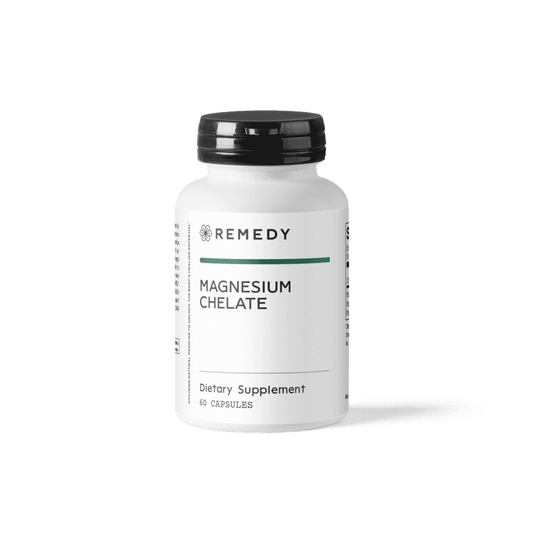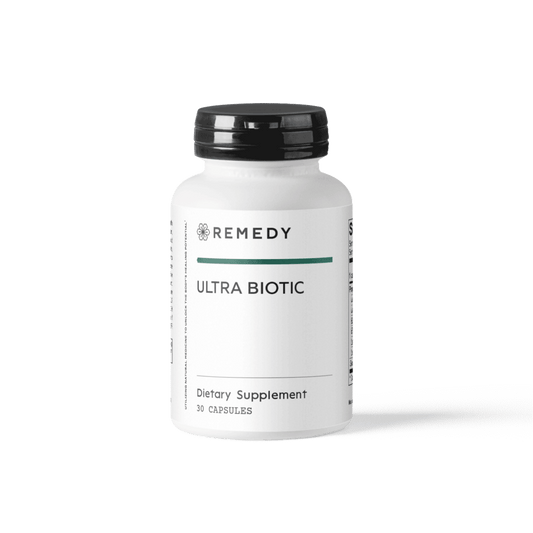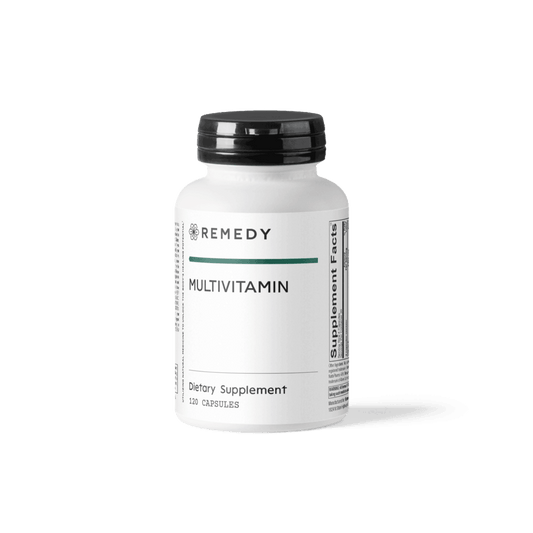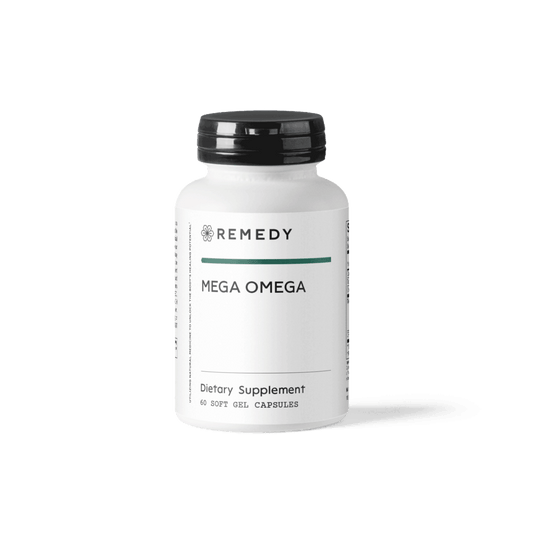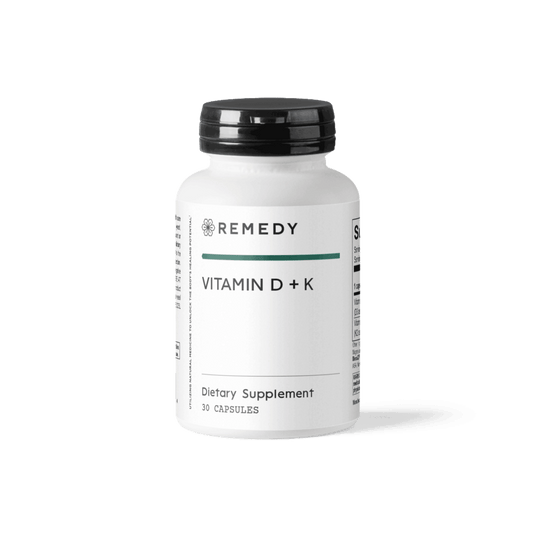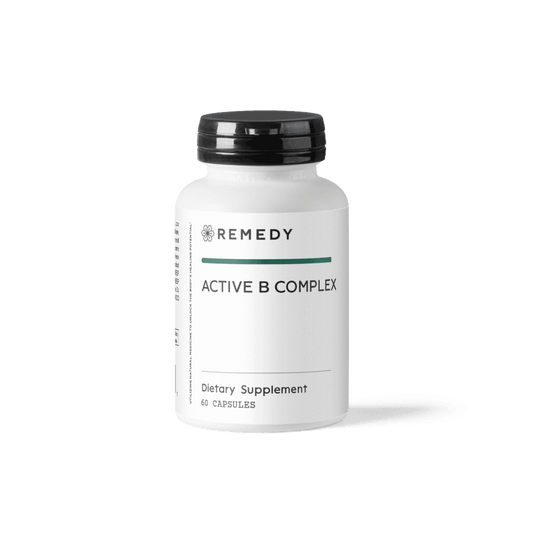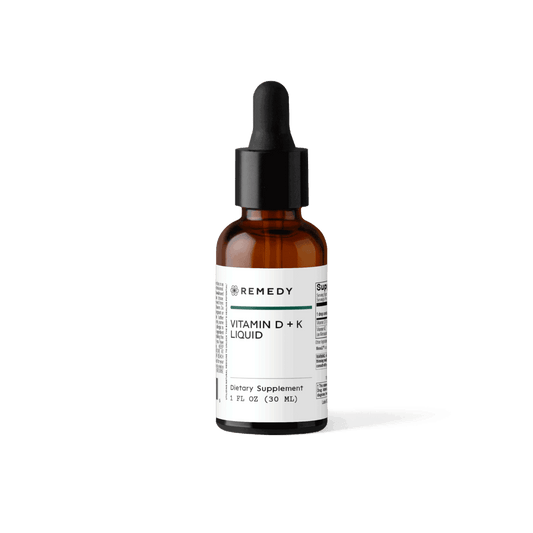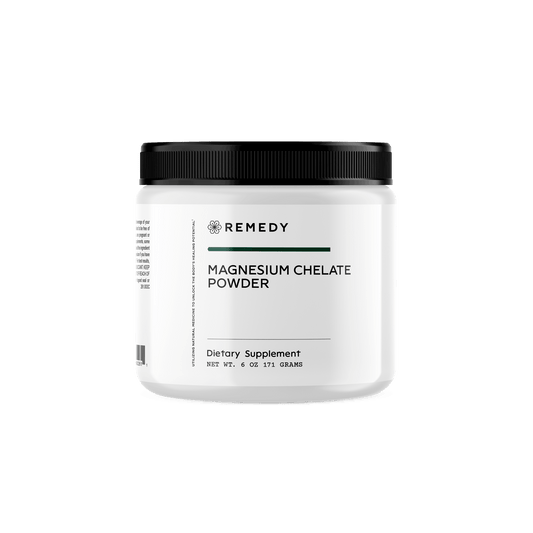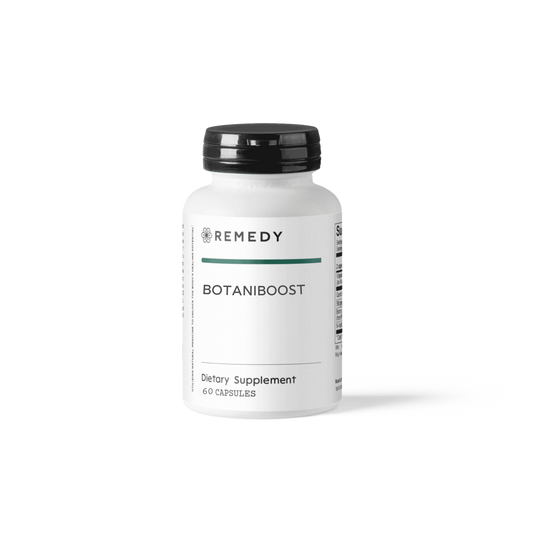Share
Science shows that chronic, low-grade inflammation can turn into a silent killer that contributes to many of the chronic health conditions and autoimmune diseases plaguing the world today.
The battle for better health starts at the grocery store, not the doctor’s office. That’s right, research shows that an anti-inflammatory diet helps reduce the risk of diseases that are associated with chronic inflammation. Conditions like arthritis, heart disease, diabetes, high blood pressure, irritable bowel disease, and more are all linked to chronic inflammation.
The food you eat can make all the difference in your overall health. By addressing inflammation with an anti-inflammatory diet symptoms from conditions like high blood pressure and arthritis can be alleviated, and sometimes even reversed.
The typical anti-inflammatory diet includes fruits, vegetables, lean protein, nuts, seeds, and healthy fats. In this article, you’ll learn about the dangers of inflammation and how to master the anti-inflammatory diet.
What is Inflammation?
If you get a paper cut on your finger it becomes red and inflamed. If you skin your knee it turns red, swells, and becomes inflamed. The signs of inflammation are obvious on the outside, but what do they look like on the inside?
Inflammation is the body's normal response to infections, diseases, and injuries. Your immune system activates when your body recognizes anything that is foreign like an invading microbe, plant pollen, or chemical. It also activates when you suffer an injury.
To address the issue, it sends out its first responders: inflammatory cells and cytokines, substances that stimulate more inflammatory cells.
These cells begin an inflammatory response to trap bacteria and other offending agents or start healing injured tissue. The result can be pain, swelling, bruising, or redness. That’s what you see on the outside, but inflammation also affects body systems you can’t see.
In fact, there are two types of inflammation: acute and chronic.
Acute inflammation: This is the response to sudden body damage, such as cutting your finger. To heal the cut, your body sends inflammatory cells to the injury, which starts the healing process.
Chronic inflammation: This is when your body continues sending inflammatory cells even when there is no outside danger. For example, in rheumatoid arthritis, inflammatory cells attack joint tissues leading to an inflammation that comes and goes and can cause severe damage to joints with pain and deformities.
Science shows that chronic, low-grade inflammation can turn into a silent killer that contributes to many of the chronic health conditions and autoimmune diseases plaguing the world today.
Symptoms of Chronic Inflammation
Symptoms of chronic inflammation may be harder to identify than acute inflammation. That’s why if you’ve had nagging symptoms for an extended period of time you should get them checked out. Here are signs of chronic inflammation to look out for:
- Abdominal pain
- Chest pain
- Fatigue
- Fever
- Joint pain or stiffness
- Mouth sores
- Skin rash
What Are Anti-Inflammatory Foods?
Certain foods and lifestyle habits can contribute to inflammation. Eating anti-inflammatory foods is one way to combat the progression of inflammation in your body.
The Standard American Diet (SAD) consists of highly processed and convenience-oriented foods. Research shows that the overabundance of calories and the macronutrients that compose the SAD diet may all lead to increased inflammation, reduced control of infection, increased rates of cancer, and increased risk for allergic and auto-inflammatory disease.
The move toward an anti-inflammatory diet and anti-inflammatory foods is a move away from the abundance of overly processed, unbalanced diets of the West. In fact, an anti-inflammatory diet has a lot of similarities with a Mediterranean diet.
The anti-inflammatory diet consists of foods that are high in antioxidants, minerals, and essential fatty acids. Foods you would consume a lot of are vegetables, fruits, nuts, seeds, healthy oils, and fish.
What Are the Benefits of an Anti-Inflammatory Diet?
Again, research shows that anti-inflammatory foods can regulate the immune system and impact the way inflammation affects our bodies and our lives.
Since our food choices influence the level of inflammation in our bodies, the anti-inflammatory diet is thought to curb chronic inflammation and help prevent conditions like heart disease, arthritis, and cancer.
According to one study, an anti-inflammatory diet led to a 37% decrease in inflammatory substances, such as C-reactive protein, in people with type 2 diabetes after just one year.
Other studies exploring variations of the anti-inflammatory diet, such as vegetable-rich diets or seafood-rich diets, have shown similar benefits, particularly in people with heart disease.
Here are a few of the benefits you may experience while eating an anti-inflammatory diet:
- Higher energy levels
- Lose weight
- Mood booster
- Less joint pain
- Reduced risk of bone lose
- Reduce cognitive aging
- Boost your heart health
Top Seven Anti-Inflammatory Foods
You can find lists of anti-inflammatory foods all over the internet. What sets this list apart from the rest is that it includes foods that are easy to incorporate into your everyday life.
Small, gradual changes are typically more sustainable, easier for the body to adapt to, and can make you less likely to go back to your old ways. When starting an anti-inflammatory diet, chose foods that are easy to incorporate into your lifestyle. This list can help you get started.
1. Green Leafy Vegetables
Fruits and vegetables are rich in antioxidants that restore cellular health, as well as anti-inflammatory flavonoids. Examples of green leafy vegetables that you can easily include in your diet are spinach, kale, swiss chard, and microgreens.
2. Ginger
Fresh, dried, or in supplement form and extracts, ginger is another immune modulator that helps reduce inflammation caused by overactive immune responses.
3. Blueberries
Dark-colored berries contain quercetin, which is a flavonoid. It’s a beneficial substance or phytonutrient that’s prevalent in fresh foods and fights inflammation and even cancer.
4. Salmon
The ultimate fatty fish, salmon is an excellent source of essential fatty acids and is considered one of the best omega-3 foods. Omega-3s are some of the most potent anti-inflammatory substances showing consistent relief of inflammation.
5. Bone Broth
Bone broths contain minerals in forms that your body can easily absorb: calcium, magnesium, phosphorus, silicon, sulfur, and others. It also contains collagen and the amino acids proline and glycine that can help heal leaky gut and the damaged cell walls of the inflamed gut. Add bone broth to your soups and stews to easily incorporate it into your diet.
6. Coconut Oil
One study found that the high levels of antioxidants present in virgin coconut oil reduced inflammation and healed arthritis more effectively than leading medications. You can use coconut oil when cooking on the stovetop or as a substitute for other oils in recipes.
7. Chia Seeds
Chia seeds are an antioxidant and anti-inflammatory powerhouse. They contain essential fatty acids alpha-linolenic and linoleic acid, mucin, strontium, vitamins A, B, E, and D, and minerals including sulfur, iron, iodine, magnesium, manganese, niacin, and thiamine. Throw them into your smoothie to easily reap the benefits.
Want to Start Eating an Anti-Inflammatory Diet?
If you are intrigued by an anti-inflammatory diet or have other questions about your health and don’t know where to start, consider scheduling a 15-minute consultation with Dr. Morgan Miller. As a functional medicine practitioner, she will help you get to the root cause of your health concerns! Book a consult here!


